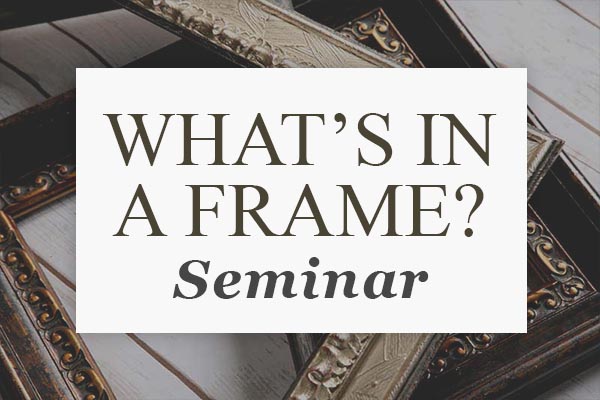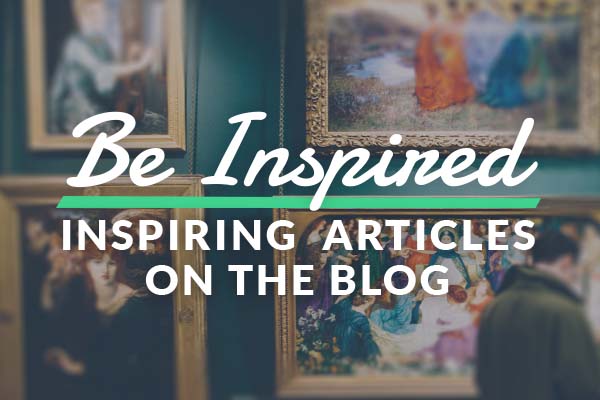Lesson 3
About Art 101 Mini-Course - Understanding the basics of art
In this lesson you will learn:
- What is an acrylic painting
- What is mixed media
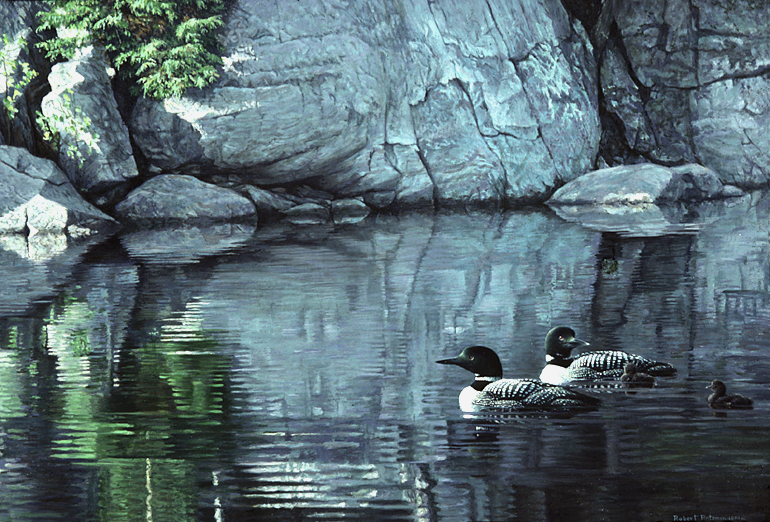
What is an acrylic painting
Acrylic paint, that was water soluble and artist quality became available in the early 1960's. Mexican muralists were probably the first to use water-based acrylics, introduced as house paints in the late 1950?s. Acrylic paint is fast-drying paint containing pigment suspended in an acrylic polymer emulsion. They can be diluted with water, and become water-resistant when dry. Depending on how much the paint is diluted with water or modified with acrylic gels, the finished acrylic painting can resemble a watercolor or an oil painting, or have its own unique characteristics not attainable with other media. The main difference between acrylics and oil paints is the inherent drying time.
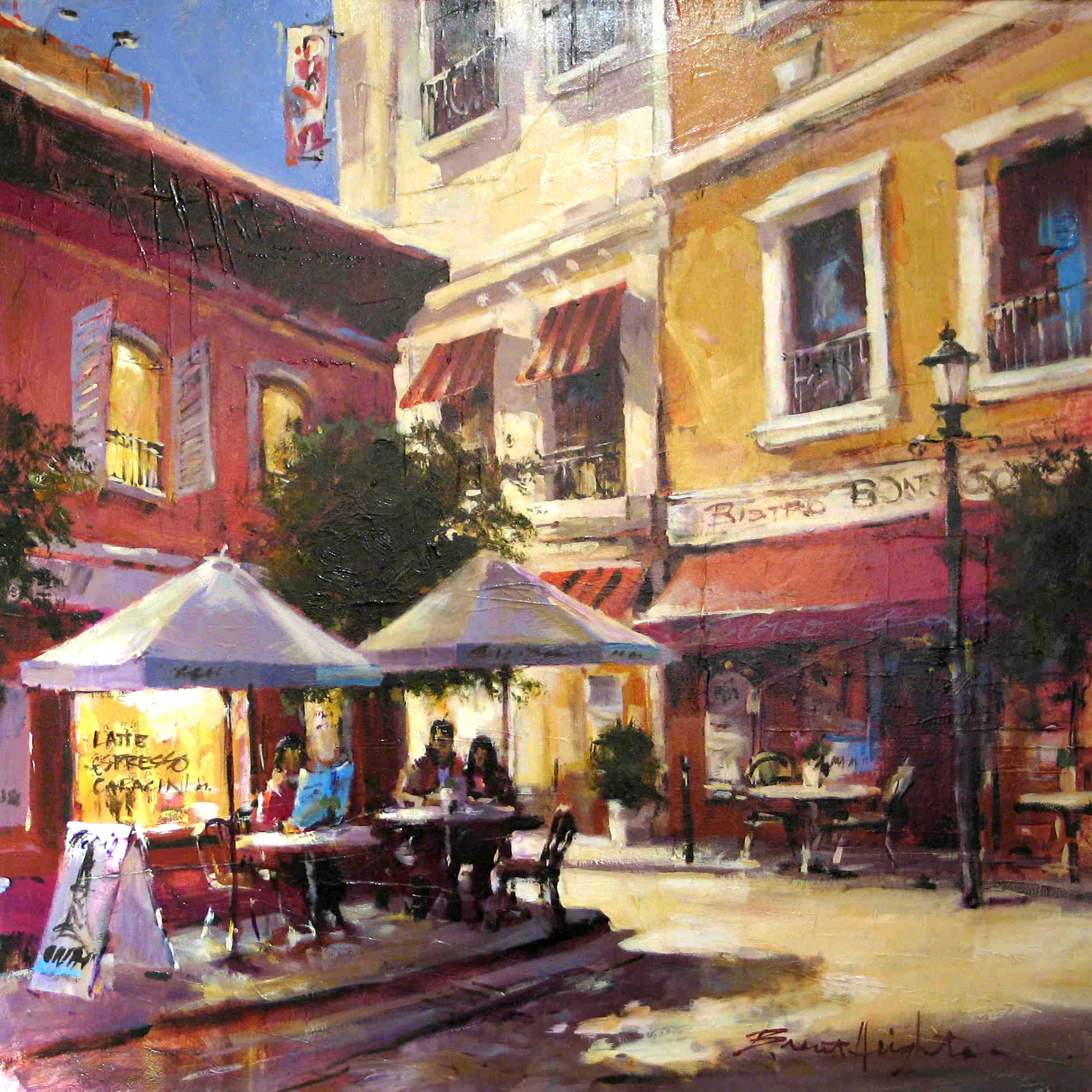
Café Au Lait by Brent Heighton, Acrylic on Canvas
Acrylics have the ability to bond to many different surfaces such as paper, canvas, fibreboard and a range of other materials. An artist-grade acrylic gesso is used to prime canvas in preparation for painting with acrylic and when using fibreboard it is recommended that the surface be previously sealed with an appropriate sealer as fibreboard can cause a problem because of it's porous nature. Acrylic paints can be applied in thin layers or washes creating effects that resemble watercolors or they can also be used to build thick layers of paint used to create paintings that look sculptural.
What is mixed media
Mixed media is artwork that is created using more than one medium in other words a combination of mediums assembled into one artwork.
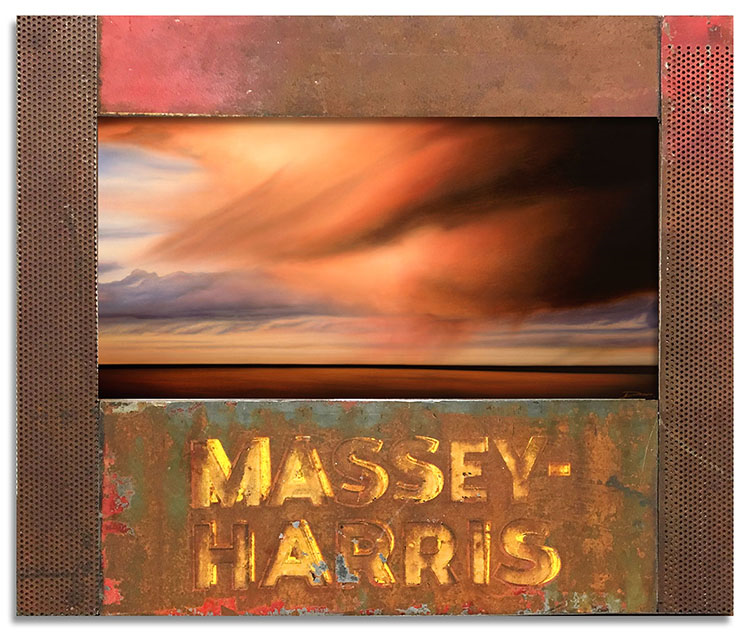
Metal Blade by Dean McLeod, Mixed Media
Mixed media began with it's roots in, the art form, Collage (from French: to glue) with the earliest examples of paper collage are the work of twelfth-century Japanese calligraphers, who prepared surfaces for their poems by gluing bits of paper and fabric to create a background for brushstrokes.
Artists in medieval times, beginning in the thirteenth century, often enhanced religious images with gemstones, elegant fibres, relics and precious metals.
Many interesting effects are achieved by modern day artists using mixed media such as photographs, edited digital images or objects such as glass, driftwood and even precious stones can be used in conjunction with traditional artist media, such as acrylics, watercolors and oil paints. In this manner, the different elements of the artwork become more flexible than with traditional artist media.
The surface materials used can be as varied as the mixed media, itself, however it is important that the layers are carefully assembled when creating a painted or photographed work using mixed media and allow enough drying time between the layers to ensure the final work will endure. Popular surface materials used are paper, canvas, foamcore and wood or fibreboard. It is important that the surface material is sturdy, to hold up over time so pliant surface materials such as paper are mounted onto a stronger backing material such as foamcore or board.
That's it for this lesson. In your next lesson you will learn:
- What is a reproduction
- What is lithography and offset lithography
- What is a poster



